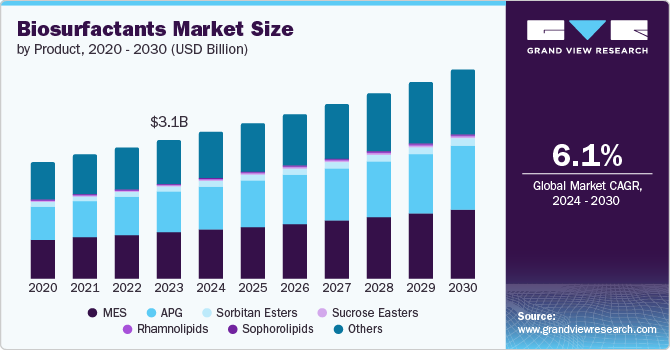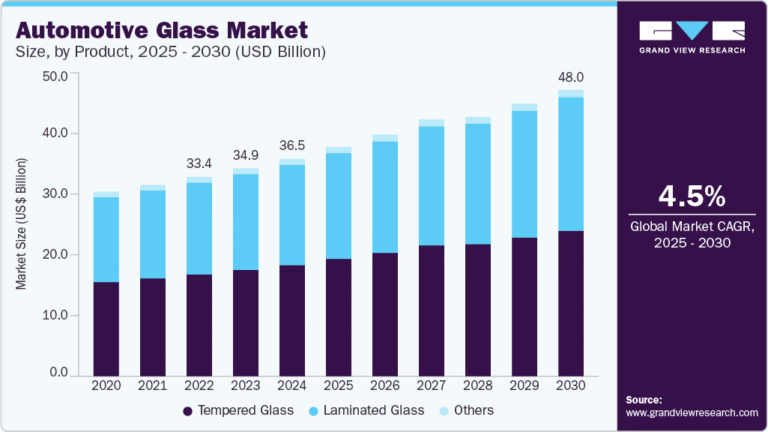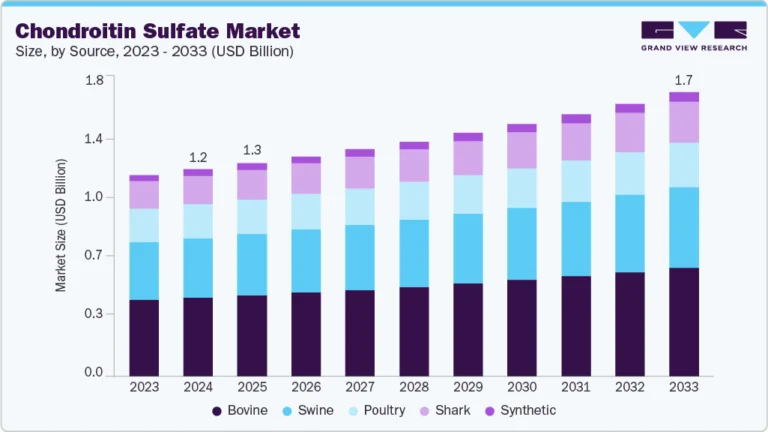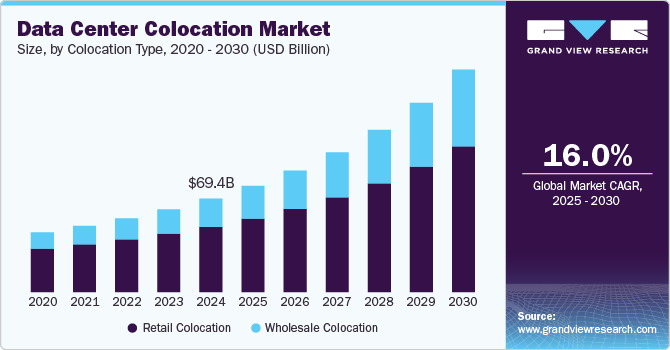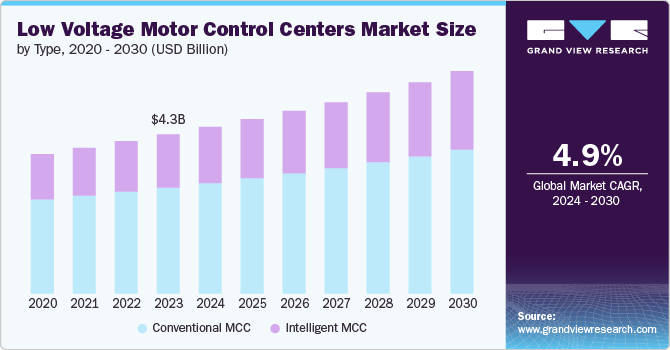Intrusion Detection And Prevention Systems Market Size, Share & Trends Analysis growing at a CAGR of 12.2% from 2025 to 2030

The global intrusion detection and prevention market size was estimated at USD 6.25 billion in 2024 and is anticipated to grow at a CAGR of 12.2% from 2025 to 2030. The growth is driven by the increasing integration of AI and machine learning for real-time threat detection and response, enabling more proactive security measures.
Key Market Highlights:
- Solutions accounted for a revenue of USD 4,108.9 million in 2024.
- North America was the largest revenue generating market in 2024.
- Country-wise, India is expected to register the highest CAGR from 2025 to 2030.
- The network-based segment accounted for the largest revenue share in 2024.
- The network intrusion detection system (NIDS) segment accounted for the largest market share in 2024.
- The on-premises segment accounted for the largest market share in 2024.
- The large enterprises segment accounted for the largest market share in 2024.
- The banking, financial services, and Insurance (BFSI) segment accounted for the largest market share of over 25% in 2024.
Request a free sample copy or view report summary: https://www.grandviewresearch.com/industry-analysis/intrusion-detection-prevention-systems-market-report/request/rs1
One of the primary factors propelling the market growth is the increasing prevalence of cyberattacks, such as data breaches, ran somware, and Distributed Denial of Service (DDoS) attacks. As organizations continue to adopt digital transformation strategies, they face the challenge of safeguarding their networks, endpoints, and data from these increasingly sophisticated threats. Furthermore, regulatory frameworks such as GDPR, HIPAA, and PCI-DSS are imposing stricter security controls, further driving the adoption of IDPS solutions. The need to comply with these regulations is a significant driver for organizations to invest in real-time monitoring and prevention system.
Cloud adoption is a key trend influencing the IDPS market, as businesses move their workloads and applications to cloud environments. This shift introduces new security risks, prompting the evolution of traditional IDPS solutions to better protect cloud-based infrastructures. Solutions that can be scaled with hybrid and multi-cloud environments are in high demand. Additionally, the proliferation of Internet of Things (IoT) devices introduces further complexity, as the growing number of connected devices increases the attack surface and makes network security even more critical.
Another key growth catalyst for the industry is the rising adoption of managed security services. These services enable organizations, especially small and medium-sized enterprises (SMEs), to access robust IDP solutions on a subscription basis without the need for heavy upfront investment in infrastructure or personnel. This model offers scalability, 24/7 monitoring, and expert incident response, making enterprise-grade security more accessible. In parallel, technological advancements like artificial intelligence (AI) and machine learning (ML) are significantly boosting the performance of IDP systems by enabling them to detect emerging threats in real-time, reduce false positives, and adapt continuously to evolving attack patterns. Furthermore, the shift toward Zero Trust Architecture is reinforcing the importance of IDP as a critical layer for continuous verification and access control. In Zero Trust models, IDP solutions act as enforcement points, monitoring and validating traffic and behavior across users, devices, and workloads at all times.
Initial deployment often requires substantial investment in infrastructure, skilled personnel, and integration with existing security ecosystems, which can be prohibitive for resource-constrained organizations. Additionally, managing IDP systems can be complex, especially in large or highly distributed environments. These systems can generate a high volume of alerts, many of which may be false positives, leading to alert fatigue and operational inefficiencies. This creates a dependency on skilled cybersecurity analysts, a resource that is in short supply globally, further exacerbating the issue.
Component Insights
The solution segment dominated the industry and accounted for a revenue share of over 60% in 2024. The adoption of AI-powered intrusion detection and prevention solutions is increasing due to their ability to analyze network behavior in real time. These solutions leverage machine learning algorithms to identify sophisticated cyber threats that evade traditional security measures. With the rise of ransomware and APTs (Advanced Persistent Threats), enterprises are prioritizing solutions that offer automated response mechanisms. Cloud-based intrusion detection solutions are gaining traction as they provide scalability and seamless integration with hybrid IT environments. Regulatory compliance requirements, such as GDPR and CCPA, are further driving the demand for advanced security solutions.

